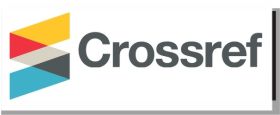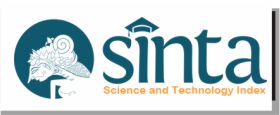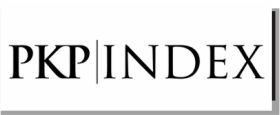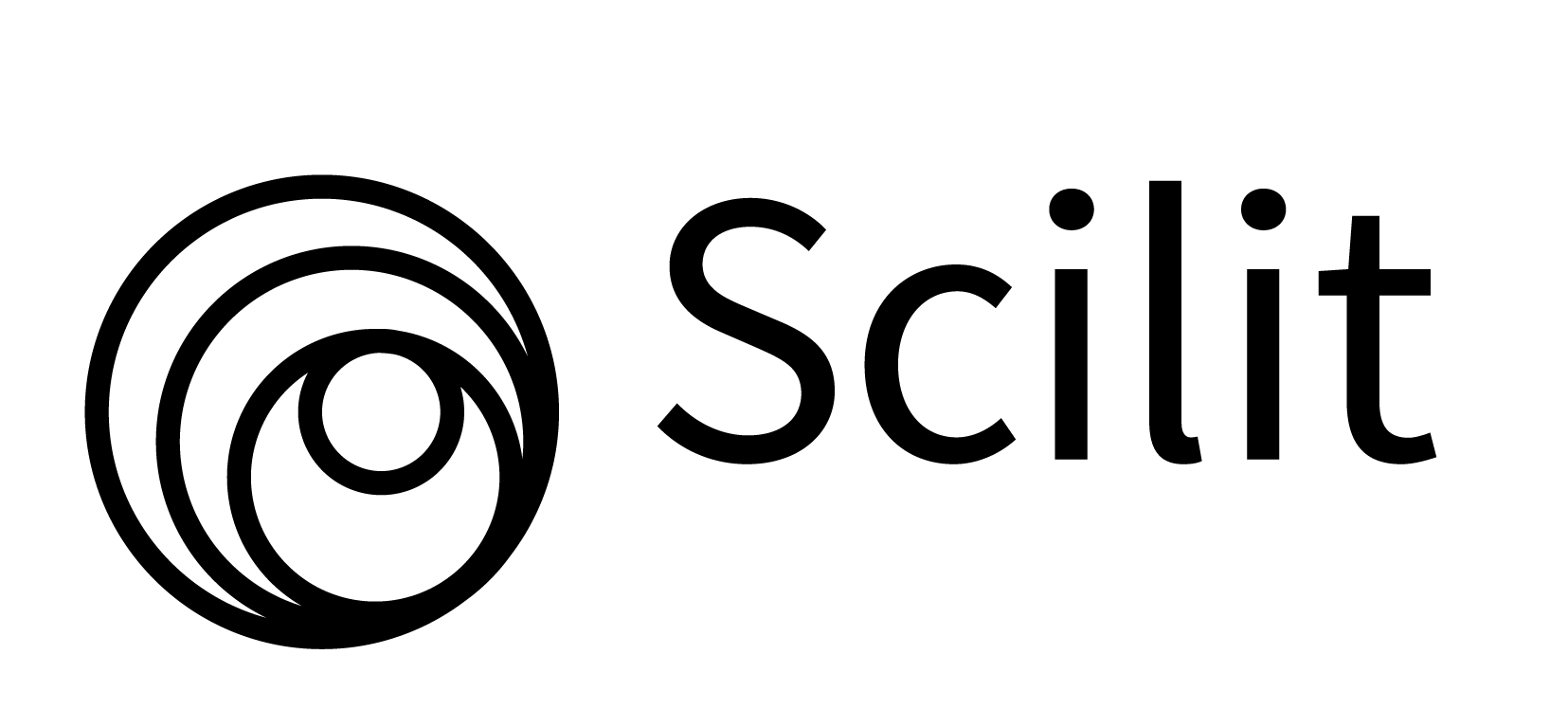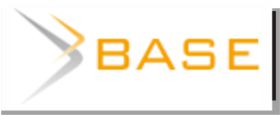Menakar Kualitas Komunikasi CSR Eksplisit Perusahaan Bursa Efek Indonesia
Abstract
Keywords
Full Text:
PDFReferences
A.-A. Chiu, L.-N. Chen, and J.-C. Hu, “A Study of the Relationship between Corporate Social Responsibility Report and the Stock Market,” Sustainability, vol. 12, no. 21, p. 9200, Nov. 2020, doi: 10.3390/su12219200.
R. Nygård, “Trends in environmental CSR at the Oslo Seafood Index: A market value approach,” Aquac. Econ. Manag., vol. 24, no. 2, pp. 194–211, Apr. 2020, doi: 10.1080/13657305.2019.1708996.
M. P. Singh, A. Chakraborty, M. Roy, and A. Tripathi, “Developing SME sustainability disclosure index for Bombay Stock Exchange (BSE) listed manufacturing SMEs in India,” Environ. Dev. Sustain., vol. 23, no. 1, pp. 399–422, Jan. 2021, doi: 10.1007/s10668-019-00586-z.
N. Verk, U. Golob, and K. Podnar, “A Dynamic Review of the Emergence of Corporate Social Responsibility Communication,” J. Bus. Ethics, vol. 168, no. 3, pp. 491–515, Jan. 2021, doi: 10.1007/s10551-019-04232-6.
B. Viererbl and T. Koch, “The paradoxical effects of communicating CSR activities: Why CSR communication has both positive and negative effects on the perception of a company’s social responsibility,” Public Relat. Rev., vol. 48, no. 1, p. 102134, Mar. 2022, doi: 10.1016/j.pubrev.2021.102134.
B. Bartikowski and G. Berens, “Attribute framing in CSR communication: Doing good and spreading the word – But how?,” J. Bus. Res., vol. 131, pp. 700–708, Jul. 2021, doi: 10.1016/j.jbusres.2020.12.059.
Y. Cheng, C.-J. F. Hung-Baesecke, and Y.-R. R. Chen, “Social Media Influencer Effects on CSR Communication: The Role of Influencer Leadership in Opinion and Taste,” Int. J. Bus. Commun., pp. 1–24, 2021.
L. Dalla-Pria and I. Rodríguez-de-Dios, “CSR communication on social media: the impact of source and framing on message credibility, corporate reputation and WOM,” Corp. Commun. Int. J., vol. 27, no. 3, pp. 543–557, Jun. 2022, doi: 10.1108/CCIJ-09-2021-0097.
S.-C. Chu, H.-T. Chen, and C. Gan, “Consumers’ engagement with corporate social responsibility (CSR) communication in social media: Evidence from China and the United States,” J. Bus. Res., vol. 110, pp. 260–271, Mar. 2020, doi: 10.1016/j.jbusres.2020.01.036.
R. Su and W. Zhong, “Corporate Communication of CSR in China: Characteristics and Regional Differences,” Sustainability, vol. 14, no. 23, p. 16303, Dec. 2022, doi: 10.3390/su142316303.
Y. Luo, H. Jiang, and L. Zeng, “Linking Informative and Factual CSR Communication to Reputation: Understanding CSR Motives and Organizational Identification,” Sustainability, vol. 15, no. 6, p. 5136, Mar. 2023, doi: 10.3390/su15065136.
S. Einwiller, C. Ruppel, and C. Strasser, “Effects of corporate social responsibility activities for refugees: The case of Austrian Federal Railways,” Corp. Commun. Int. J., vol. 24, no. 2, pp. 318–333, May 2019, doi: 10.1108/CCIJ-01-2018-0011.
M. Luger, K. M. Hofer, and A. Floh, “Support for corporate social responsibility among generation Y consumers in advanced versus emerging markets,” Int. Bus. Rev., vol. 31, no. 2, p. 101903, Apr. 2022, doi: 10.1016/j.ibusrev.2021.101903.
G. A. Boehncke, “The role of CSR in high Potential recruiting: literature review on the communicative expectations of high potentials,” Corp. Commun. Int. J., vol. 28, no. 2, pp. 249–273, Mar. 2023, doi: 10.1108/CCIJ-02-2022-0021.
J. Carlini, D. Grace, C. France, and J. Lo Iacono, “The corporate social responsibility (CSR) employer brand process: integrative review and comprehensive model,” J. Mark. Manag., vol. 35, no. 1–2, pp. 182–205, Jan. 2019, doi: 10.1080/0267257X.2019.1569549.
F. Maon, J. Vanhamme, K. Roeck, A. Lindgreen, and V. Swaen, “The Dark Side of Stakeholder Reactions to Corporate Social Responsibility: Tensions and Micro‐level Undesirable Outcomes,” Int. J. Manag. Rev., vol. 21, no. 2, pp. 209–230, Apr. 2019, doi: 10.1111/ijmr.12198.
L. Su, Q. Lian, and Y. Huang, “How do tourists’ attribution of destination social responsibility motives impact trust and intention to visit? The moderating role of destination reputation,” Tour. Manag., vol. 77, p. 103970, 2020.
Y.-J. Lee and M. Cho, “Socially stigmatized company’s CSR efforts during the COVID-19 pandemic: The effects of CSR fit and perceived motives,” Public Relat. Rev., vol. 48, no. 2, p. 102180, Jun. 2022, doi: 10.1016/j.pubrev.2022.102180.
J. Sipilä, S. Alavi, L. M. Edinger-Schons, S. Dörfer, and C. Schmitz, “Corporate social responsibility in luxury contexts: potential pitfalls and how to overcome them,” J. Acad. Mark. Sci., vol. 49, no. 2, pp. 280–303, Mar. 2021, doi: 10.1007/s11747-020-00755-x.
L. Andreu, A. B. Casado-Díaz, and A. S. Mattila, “Effects of message appeal and service type in CSR communication strategies,” J. Bus. Res., vol. 68, no. 7, pp. 1488–1495, Jul. 2015, doi: 10.1016/j.jbusres.2015.01.039.
P. Kumar, M. Polonsky, Y. K. Dwivedi, and A. Kar, “Green information quality and green brand evaluation: the moderating effects of eco-label credibility and consumer knowledge,” Eur. J. Mark., vol. 55, no. 7, pp. 2037–2071, Jul. 2021, doi: 10.1108/EJM-10-2019-0808.
M. Conrad and D. Holtbrügge, “Antecedents of corporate misconduct: A linguistic content analysis of decoupling tendencies in sustainability reporting,” Bus. Ethics Environ. Responsib., vol. 30, no. 4, pp. 538–550, Oct. 2021, doi: 10.1111/beer.12361.
M. Morsing and L. J. Spence, “Corporate social responsibility (CSR) communication and small and medium sized enterprises: The governmentality dilemma of explicit and implicit CSR communication,” Hum. Relat., vol. 72, no. 12, pp. 1920–1947, 2019.
N. Sebrina, S. Taqwa, M. Afriyenti, and D. Septiari, “Analysis of sustainability reporting quality and corporate social responsibility on companies listed on the Indonesia stock exchange,” Cogent Bus. Manag., vol. 10, no. 1, p. 2157975, Dec. 2023, doi: 10.1080/23311975.2022.2157975.
K. Yekini, K. Omoteso, and E. Adegbite, “CSR Communication Research: A Theoretical CumMethodological Perspective from Semiotics,” Bus. Soc., vol. 60, no. 4, pp. 876–908, 2021.
A. Lai and R. Stacchezzini, “Organisational and professional challenges amid the evolution of sustainability reporting: a theoretical framework and an agenda for future research,” Meditari Account. Res., vol. 29, no. 3, pp. 405–429, Jun. 2021, doi: 10.1108/MEDAR-02-2021-1199.
S. Jørgensen, A. Mjøs, and L. J. T. Pedersen, “Sustainability reporting and approaches to materiality: tensions and potential resolutions,” Sustain. Account. Manag. Policy J., vol. 13, no. 2, pp. 341–361, Feb. 2022, doi: 10.1108/SAMPJ-01-2021-0009.
F. Stocker, M. P. Arruda, K. M. C. Mascena, and J. M. G. Boaventura, “Stakeholder engagement in sustainability reporting: A classification model,” Corp. Soc. Responsib. Environ. Manag., vol. 27, no. 5, pp. 2071–2080, Sep. 2020, doi: 10.1002/csr.1947.
I. Shaikh, “Environmental, Social, and Governance (ESG) Practice and Firm Performance: An International Evidence,” J. Bus. Econ. Manag., vol. 23, no. 1, pp. 218–237, Jan. 2022, doi: 10.3846/jbem.2022.16202.
A. M. Buallay, M. Al Marri, N. Nasrallah, A. Hamdan, E. Barone, and Q. Zureigat, “Sustainability reporting in banking and financial services sector: a regional analysis,” J. Sustain. Finance Invest., vol. 13, no. 1, pp. 776–801, Jan. 2023, doi: 10.1080/20430795.2021.1978919.
S. Pizzi, S. Moggi, F. Caputo, and P. Rosato, “Social media as stakeholder engagement tool: CSR communication failure in the oil and gas sector,” Corp. Soc. Responsib. Environ. Manag., vol. 28, no. 2, pp. 849–859, Mar. 2021, doi: 10.1002/csr.2094.
DOI: https://doi.org/10.31334/lugas.v7i1.3112
Refbacks
- There are currently no refbacks.
Copyright (c) 2023 LUGAS Jurnal Komunikasi

This work is licensed under a Creative Commons Attribution-ShareAlike 4.0 International License.
Lihat Statistik Saya
TERDAFTAR & TERINDEKS :
|
|

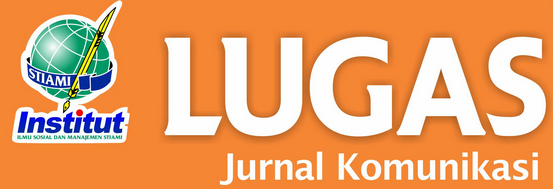





.png)

